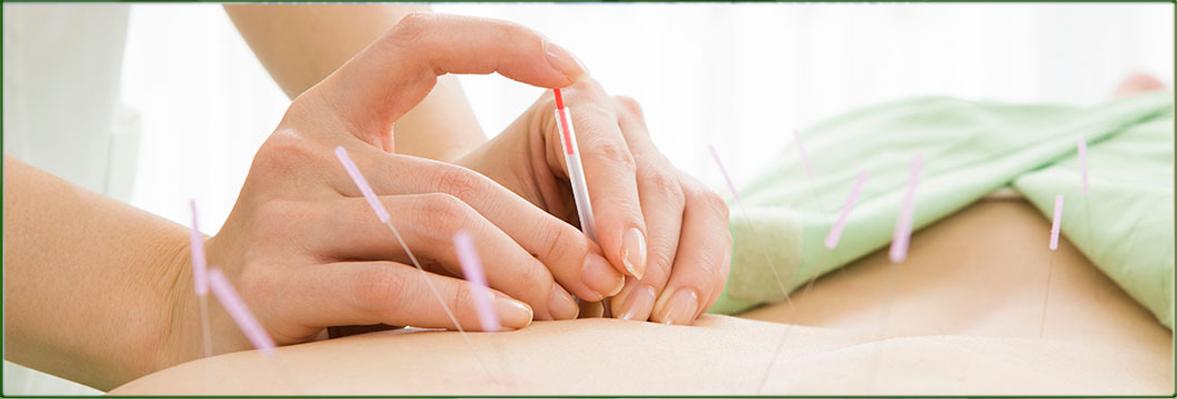
ACCUPUNCTURE
Acupuncture is a component of the health care system of China that can be traced back at least 2,500 years. The general theory of acupuncture is based on the premise that there are patterns of energy flow (Qi) through the body that are essential for health. Disruptions of this flow are believed to be responsible for disease. Acupuncture may, it has been theorized, correct imbalances of flow at identifiable points close to the skin.
Acupuncture is a family of procedures involving stimulation of anatomical locations on or in the skin by a variety of techniques. There are a variety of approaches to diagnosis and treatment in American acupuncture that incorporate medical traditions from China, Japan, Korea, and other countries. The most thoroughly studied mechanism of stimulation of acupuncture points employs penetration of the skin by thin, solid, metallic needles, which are manipulated manually or by electrical stimulation.
Cupping therapy is usually used as part of acupuncture or body work treatment. Cupping therapy involves heating the air inside a glass cup, which removes some of the air from the cup. The cup is then quickly placed on the skin, and the resulting vacuum pulls the skin part of the way into the cup. The cup may be left in place for several minutes and then removed, leaving behind a bright red, circular welt. The theory behind cupping is that it moves or stimulates the body's natural energy - also called qi.
However, promising results have emerged, for example, efficacy of acupuncture in adult post-operative and chemotherapy nausea and vomiting and in post-operative dental pain. There are other situations such as addiction, stroke rehabilitation, headache, menstrual cramps, tennis elbow, fibromyalgia, myofascial pain, osteoarthritis, low back pain, carpal tunnel syndrome, and asthma where acupuncture may be useful as an adjunct treatment






